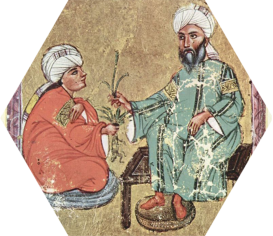The name of Ibn Sīnā (d. 1037 CE, known in Latin as Avicenna) has, like no other, been associated with science in the premodern Islamic tradition. And rightly so. He might not have been the first to practice and theorize about science; there were numerous others before him who contributed to the rise of Islamic sciences. But he made unprecedented use of the many works of science that were translated from Syriac, Greek, Persian, and other languages into Arabic when the ever-growing Muslim empire came to incorporate longstanding communities of learning. The canon of Ibn Sīnā’s scientific writings is enormous, encompassing metaphysics, physics, psychology—but it is logic where Ibn Sīnā sets forth his understanding of science, scientific investigation, and knowledge. His indebtedness to Aristotle’s understanding of science is obvious. Yet in the Book of Demonstration of his magnum opus, the Healing, Ibn Sīnā contrasts Aristotelian induction (Arabic: istiqrāʾ) with a method he calls tajriba, which we might translate as “tried and tested experience.” Both methods rest on observation. But Ibn Sīnā criticizes induction for promising too much, whereas experience is much more modest in its claims and therefore better suited for the practitioner of science.

Ibn Sīnā (Avicenna)
